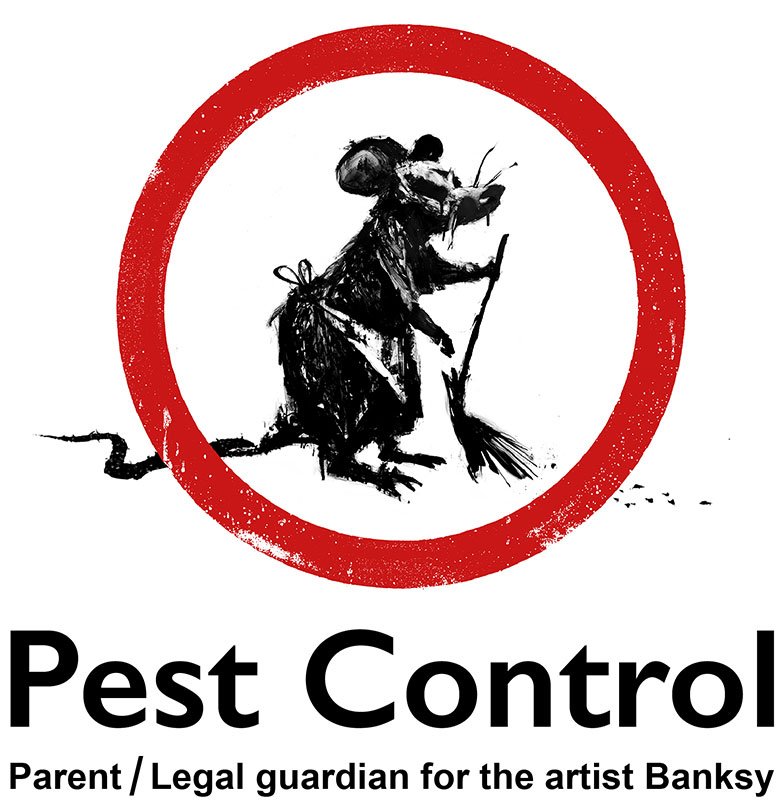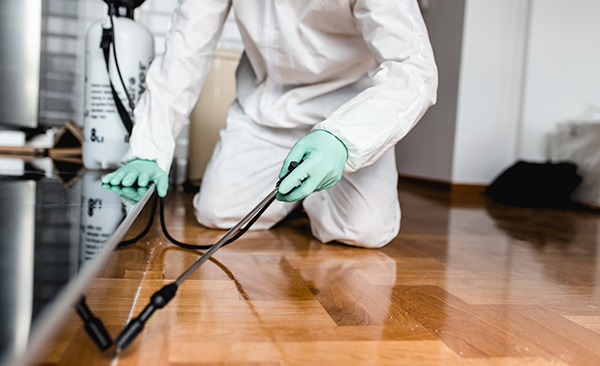Reliable Solutions for Pest Problems from Pest Control Lockhart
Reliable Solutions for Pest Problems from Pest Control Lockhart
Blog Article
Exploring Problem and Therapy Approaches on the planet of Insect Control
The landscape of pest control incorporates a myriad of difficulties, particularly as problems of typical household pests proceed to progress. Understanding the actions and reproductive patterns of these problems is crucial for creating effective therapy strategies. By incorporating safety nets with sophisticated management methods, such as Integrated Pest Administration (IPM), homeowners can better guard their atmospheres. Nonetheless, the efficiency of these approaches may differ significantly based on details circumstances. What hidden elements add to the success or failing of these approaches in different setups?

Common Household Pests
When it pertains to handling our space, recognizing usual household pests is important. These bugs not only disrupt our comfort yet can also position health and wellness dangers and damage residential property. One of the most widespread house parasites consist of ants, roaches, rats, termites, and bed insects.
Ants, frequently seen foraging in kitchen areas, can contaminate food and develop big colonies. Rodents, consisting of computer mice and rats, can create architectural damages and bring diseases like hantavirus and salmonella.
Recognizing the indications of these bugs, such as droppings, nests, or attack marks, is necessary for very early intervention (Pest Control Lockhart). Correct sanitation practices, securing entrance points, and keeping a clutter-free environment are efficient preventative steps. By recognizing these typical house bugs and understanding their actions, property owners can take aggressive steps to minimize invasions, ensuring a much healthier living environment
Comprehending Pest Infestations
Insect problems can intensify promptly, transforming a minor aggravation into a substantial problem otherwise addressed quickly. Recognizing the nature of these infestations is important for reliable management. Bugs can attack domestic and industrial rooms for various reasons, consisting of the look for food, shelter, or breeding grounds. Usual factors adding to invasions consist of inadequate sanitation, structural susceptabilities, and seasonal adjustments that drive pests indoors.
Identifying the type of pest is vital, as different types display different behaviors and reproductive rates. Rodents might develop nests in hidden areas while pests like roaches thrive in moist environments. Early detection typically pivots on recognizing indicators such as droppings, nibble marks, or unusual audios, which can show a trouble prior to it becomes serious.
Cozy, moist climates can promote the quick growth of parasite populations, while modifications in landscape design or building can accidentally create favorable settings. An informed technique to recognizing these dynamics lays the groundwork for reliable pest administration approaches in the future.
Treatment Techniques and Techniques
Effective therapy methods and methods are vital for mitigating insect invasions and recovering a safe setting. A multifaceted method is commonly best, including chemical, organic, and mechanical strategies tailored to the particular bug and the extent of the problem.
Chemical therapies consist of the use of insecticides and herbicides, which can efficiently remove bugs. Proper application and adherence to safety guidelines are crucial to minimize risks to humans and non-target organisms. Integrated Pest Management (IPM) encourages the judicious usage of chemicals as a last hope, counting my response rather on surveillance and threshold levels to determine intervention requirements.
Organic control methods include introducing all-natural killers or bloodsuckers to lower parasite populations. This approach is progressively preferred, particularly in agricultural setups, as it promotes environmental sustainability.
Mechanical techniques, such as traps and obstacles, supply immediate alleviation from insects without presenting chemicals. Options consist of sticky traps for pests or physical obstacles for rodents.
Eventually, the choice of therapy method must think about the details bug, the environment, and prospective effect on human health and wellness and environments. A well balanced combination of these approaches can efficiently take care of infestations while advertising lasting insect control remedies.
Safety Nets for Homes
Proactively attending to pest problems prior to they escalate is crucial for keeping a healthy home atmosphere (Pest Control Lockhart). Implementing effective safety nets can dramatically reduce the probability of problems, ultimately protecting both your home and health

Correct landscape design additionally plays a vital duty in prevention. Maintaining hedges and trees trimmed away from your house decreases the chances of bugs locating their method inside. Make sure that water drainage systems are operating successfully to stop standing water, which can draw in mosquitoes and various other pests.
Last but not least, regular examinations are suggested. Regularly looking for signs of bug task permits very early intervention. By embracing these safety nets, home owners can create a setting that is much less hospitable to parasites, consequently enhancing their overall lifestyle and minimizing the requirement for substantial bug control interventions.
Industrial Pest Control Methods
A detailed technique to industrial insect control is necessary for businesses intending to keep a safe and hygienic environment. Reliable techniques include a combination of normal evaluations, employee training, and the execution of Integrated Pest Administration (IPM) techniques.
Routine examinations make it possible for very early detection of pest activity, permitting timely treatment. Businesses must create a routine schedule for these analyses, concentrating on high-risk areas such as kitchen areas, storage space rooms, and waste disposal websites. Staff member training is equally vital; team should be educated on the indications of parasite infestations and the relevance of reporting them instantly.
Carrying out IPM techniques aids mitigate insect issues sustainably. This includes environment alteration, such as securing entry points and reducing clutter, in addition to employing all-natural deterrents before turning to chemical treatments.

Additionally, teaming up with check over here a qualified parasite control service provider makes certain access to professional expertise and innovative therapy choices. This collaboration can cause personalized insect control prepares tailored to the specific needs of the business, minimizing risks and boosting total efficiency. Eventually, a positive and informed approach fosters a pest-free environment, guarding both public wellness and service track record.
Final Thought
In conclusion, effective parasite control requires an extensive understanding of common house bugs and their habits, coupled with targeted therapy techniques. Implementing preventative procedures together with therapy methods such as Integrated Insect Management and biological control enhances the capacity to reduce infestations. Routine evaluations and a mix of chemical and mechanical options further add to maintaining pest-free atmospheres. Ultimately, an all-round approach to pest administration is important for guarding living areas from undesirable intruders.
Report this page